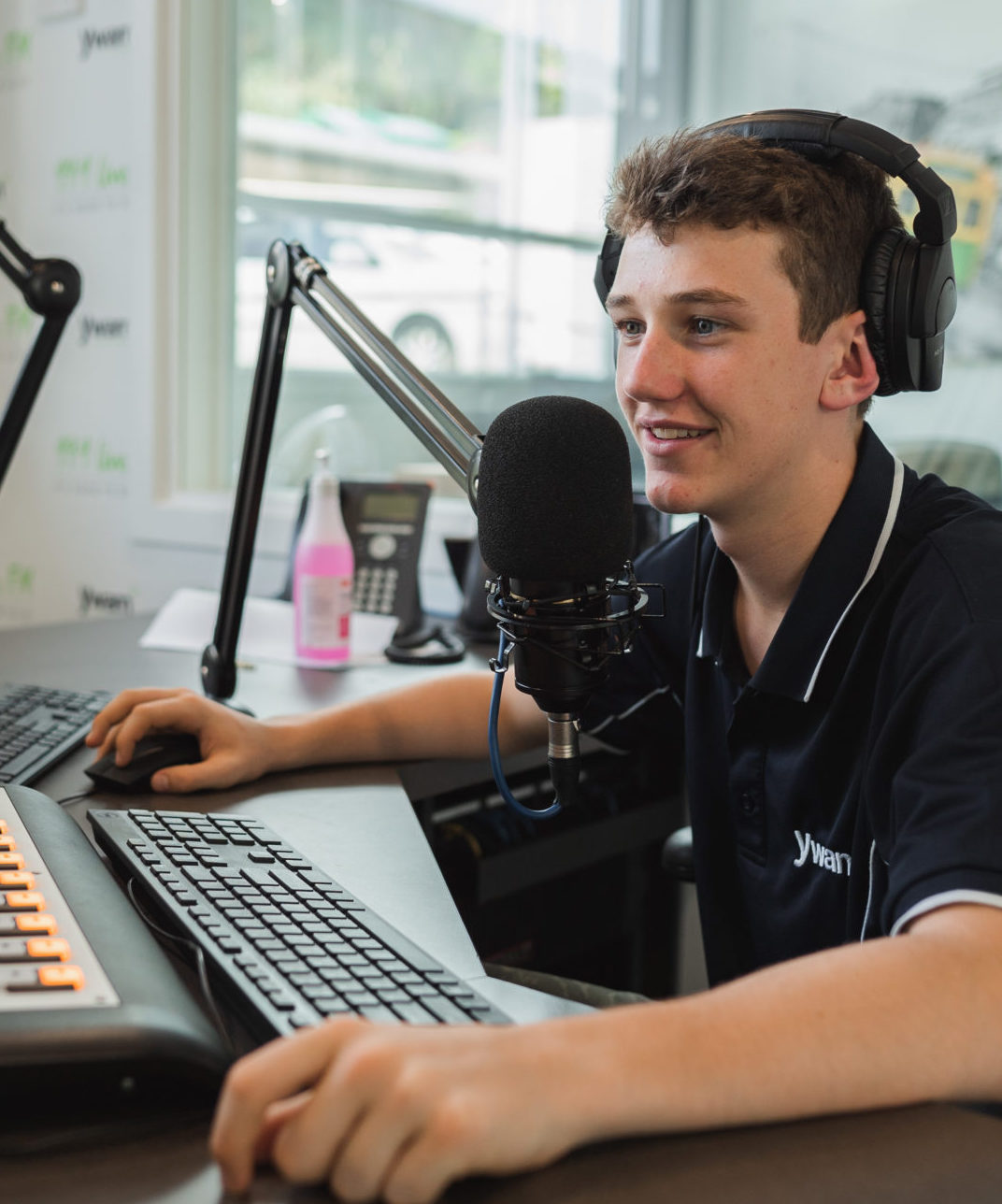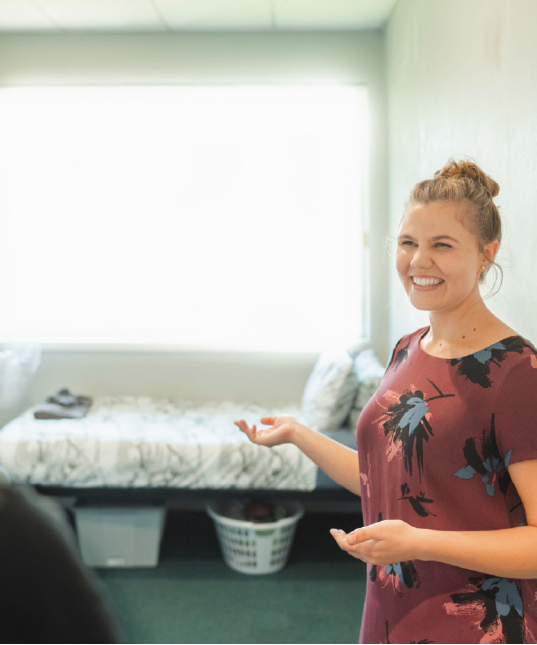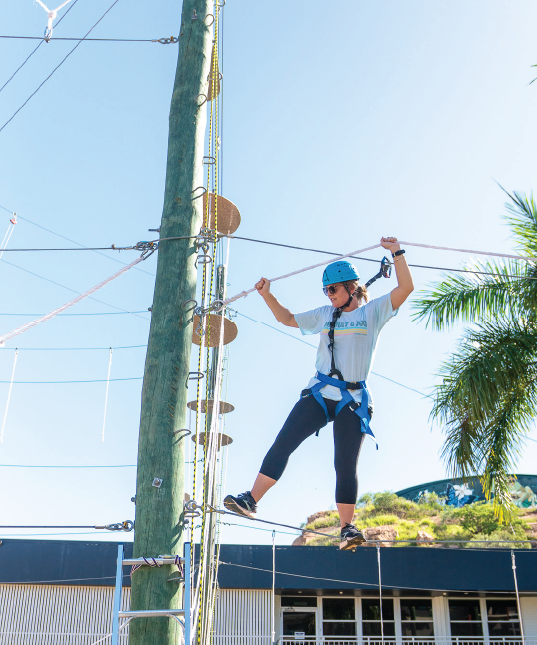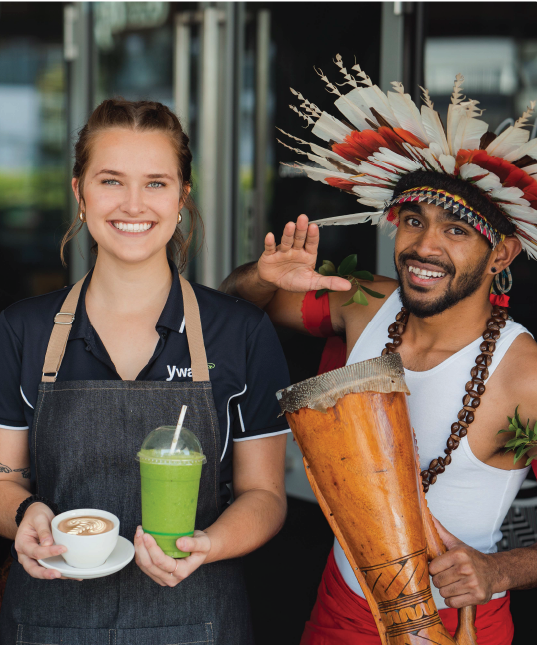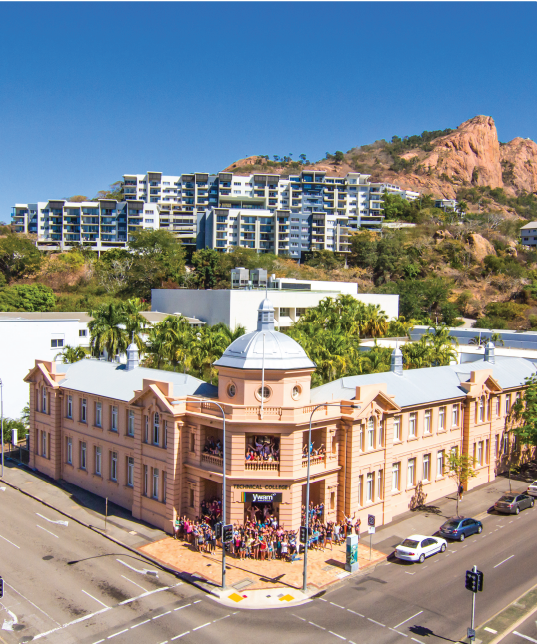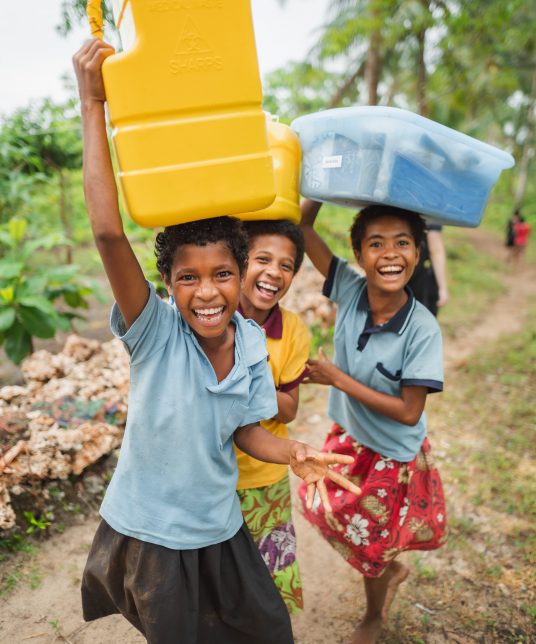
I have volunteered with YWAM Medical Ships – Australia (YWAM MSA) in my capacity as an ophthalmologist for six two-week trips now and enjoy it each time. YWAM is great, and the accommodation and food quite good. It will be sad to see the faithful, MV Pacific Link retire – I have so many great memories from that ship.
On the last trip I was on about a month ago, I worked in Alotau and Kiriwina Island, Papua New Guinea (PNG). There is one eye surgeon in Alotau, whose work covers the whole of the Milne Bay province with a population of 278,000 who speak 48 different languages. In New Zealand, where I’m from, we have one eye surgeon for every 40,000 people.
When in PNG we use manual techniques to remove the cataract rather than the ultrasound used back home. Even if available the ultrasound is not recommended in the developing world as it is too expensive – the cataracts are often too hard for the ultrasound, and the manual technique in this setting is significantly faster. Manual extraction of cataracts has improved a lot in recent years and the results are now little different to ultrasound results. Not all surgeons have changed to the new manual techniques though and their results are plagued with high astigmatism preventing good vision except with expensive glasses not easily available in PNG.
It was my privilege to demonstrate the up to date manual cataract surgery to the local Milne Bay Ophthalmologist, Dr. Baru. He is a very good surgeon and it was no difficulty for him after watching and discussing techniques for a day to make the change. The results of his surgery were dramatically improved – every bit as good as mine. He needed some new equipment for the surgery and YWAM was able to provide him with a small supply.
Dr. Baru unfortunately was unable to accompany the team to Kiriwina. There the nurse had arranged more than 60 patients for surgery. They were all blind due to cataract. It is very sad to realise that in PNG almost 40,000 people are blind because of cataracts in both their eyes and this number is increasing because of the lack of eye surgery! In the three days available in Kiriwina, we operated on 23 patients. Each patient had surgery in only one eye.
One of our patients, a man named Kasikweyu, only had one working eye due to an injury earlier in his life. His one good eye however, had a very dense cataract which left him blind. It was very satisfying to be able to provide him with surgery for his one remaining. His gratitude and joy was clearly evident on his face when we removed his patch the day after his surgery.
Fortunately, all went well with Kasikweyu and the other patients, but there is still a lot to do. I am definitely booking in next year for another trip.
There is a huge amount of work involved in arranging these trips. Thank you to the YWAM team who work tirelessly to make it all happen. What a privilege giving sight to the blind.







